Lisbon: back from the recesses of memory
Another couple of Lisbon photos… with some stories thrown in for bonus 🙂 #lisbon
For reasons that shall not concern us here, my living place of yore, the city of Lisbon, has been back on my mind. And so, I thought I might as well go dust off some old photos of the place—if nothing else, to at least attempt to revive my old photo publishing habit!
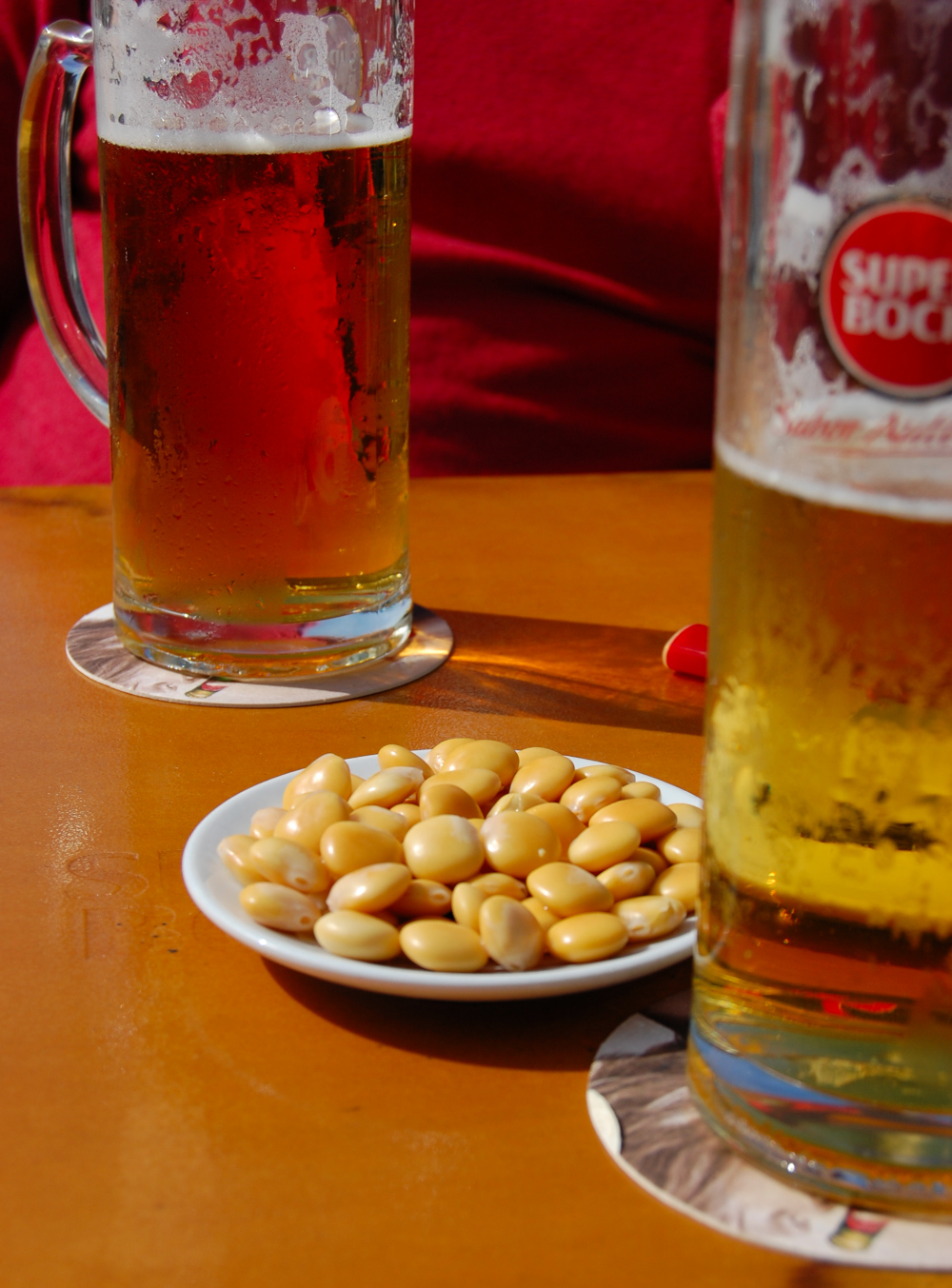
We shall begin with something that, while not specific to Lisbon, is nevertheless quintessentially Portuguese—lupin beans! They are those yellow bead-like things in the picture, usually served as a side-snack to beer, which is why the saucer they are in sits between the two pints. Sure, you can have your beer with peanuts (or with nothing at all), but these lupin beans go great with beer, and besides, you will not find them served like this anywhere else!!1 You’ll have to peel the skin off, though—ask your friendly Portuguese acquaintance for help! 😉
Moving on, another assiduous presence in downtown Lisbon are churches—although, in these secular times of ours, not all of them are used for religious practice. In particular, the following one, the church of Saint Engrácia, is used as a pantheon—in fact, we call it “Panteão Nacional,” literally the National Pantheon.
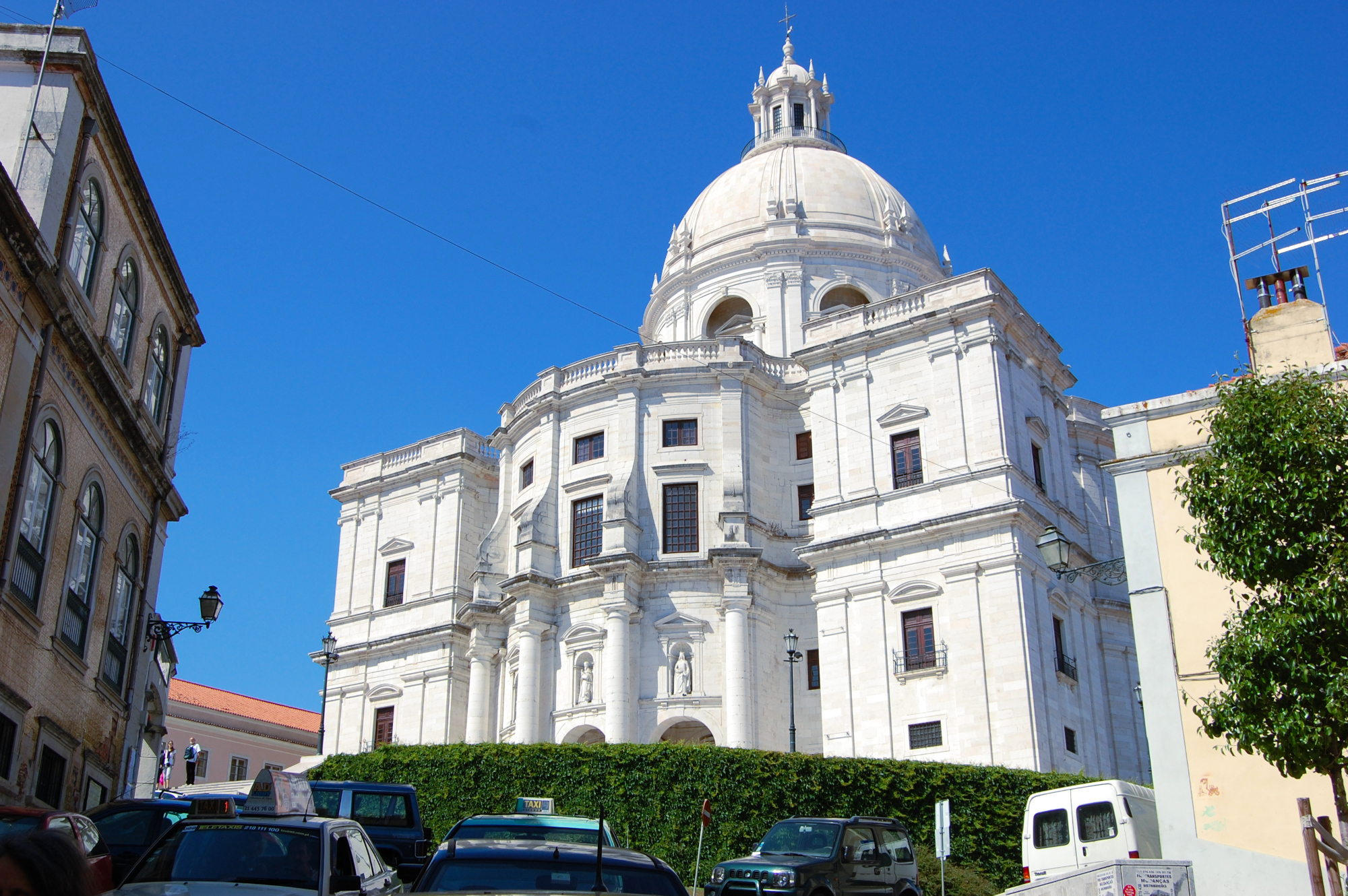
Therein homage is paid to some big names of Portuguese history, culture, the arts, etc., in two different ways: some are interred there, while for others there are commemorative plaques hanging up on the walls. Examples of the former: the footballer Eusébio, the fado singer Amália Rodrigues, or the former President of the Republic, Marshal Óscar Carmona. Examples of the latter: the brave consul Aristides de Sousa Mendes, the epic poet Luís Vaz de Camões, or the navigator Pedro Álvares Cabral, who in 1500 set sail for India, got caught by a storm, and thus ended up being the first European setting foot in what is now Brazil.2 There is a full list available, but apparently, only in Portuguese…3 Anyway, here is a quick pic I snapped of the inside:4
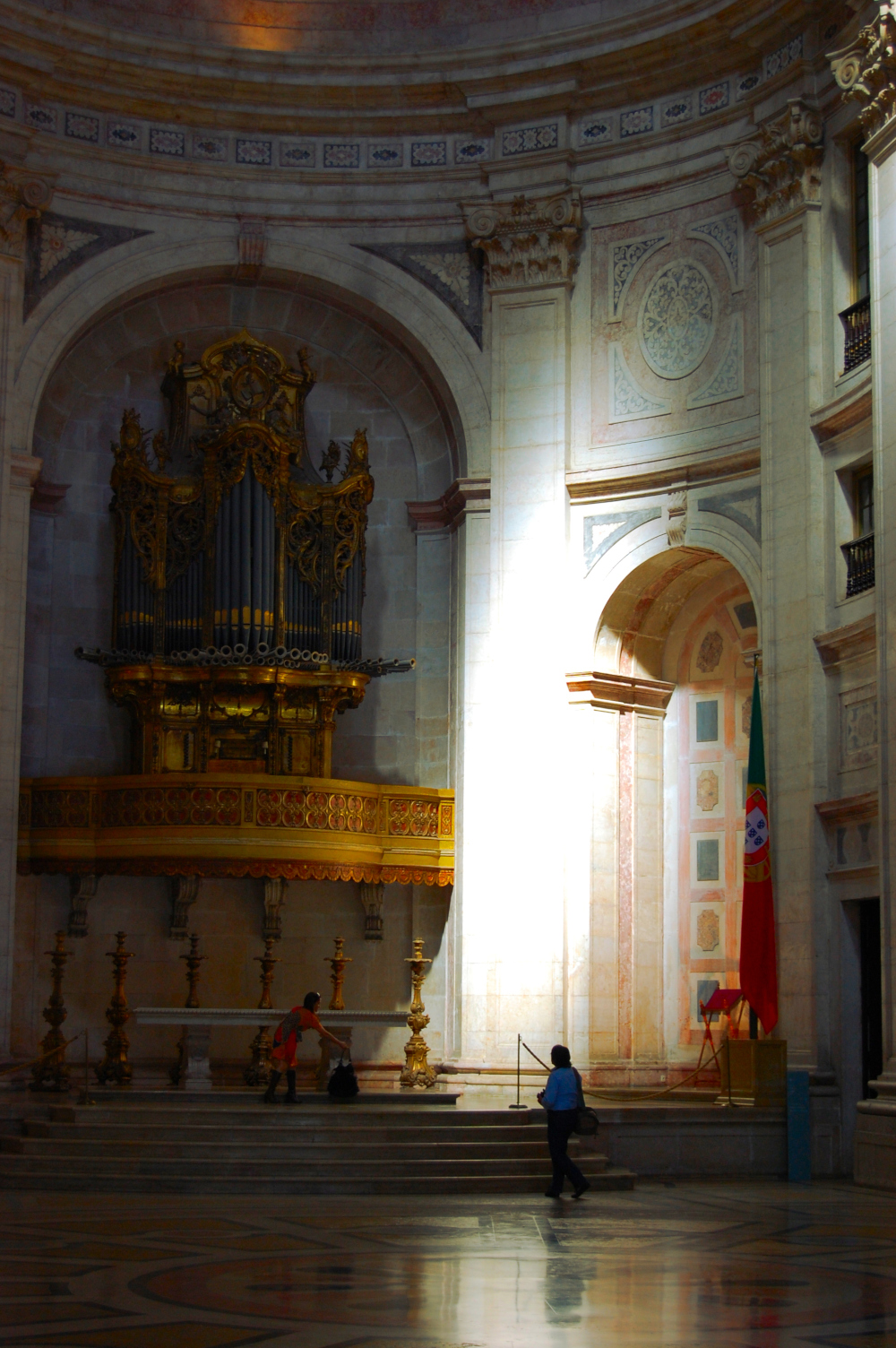
Of course, the mores of a people change with time, and so, it is sometimes contentious whether someone deserves National Pantheon honours—even if they are just a plaque, rather than final resting place. Or if, conversely, someone who is already there deserves to continue there. The question is deeper than what it looks. For example, throughout the centuries, individuals related to imperial conquest have been lauded as heroes, laid to rest in prominent locations, e.g., the Jerónimos monastery, and have statues of them displayed in public places—in addition to having streets and squares named after them. The mores have changed, and now colonialism is (rightly) considered a grievous act of violence. Should the names of streets be changed, and remains and/or status be moved to less conspicuous locations (e.g., mausoleums, museums, …), properly contextualised with the mores of the times when those individuals lived? For those who might readily think the answer is “yes,” consider this: isn’t doing so (renaming streets, etc.) tantamount to judging those individuals according to a standard that was unknown to them? Where is the justice in that? Like I said, it is a matter that is far from simple—and most certainly not the main topic of the present text, so let us move on.
In the vicinities of the National Pantheon, we have “Feira da Ladra,” Lisbon’s most emblematic flea market.5
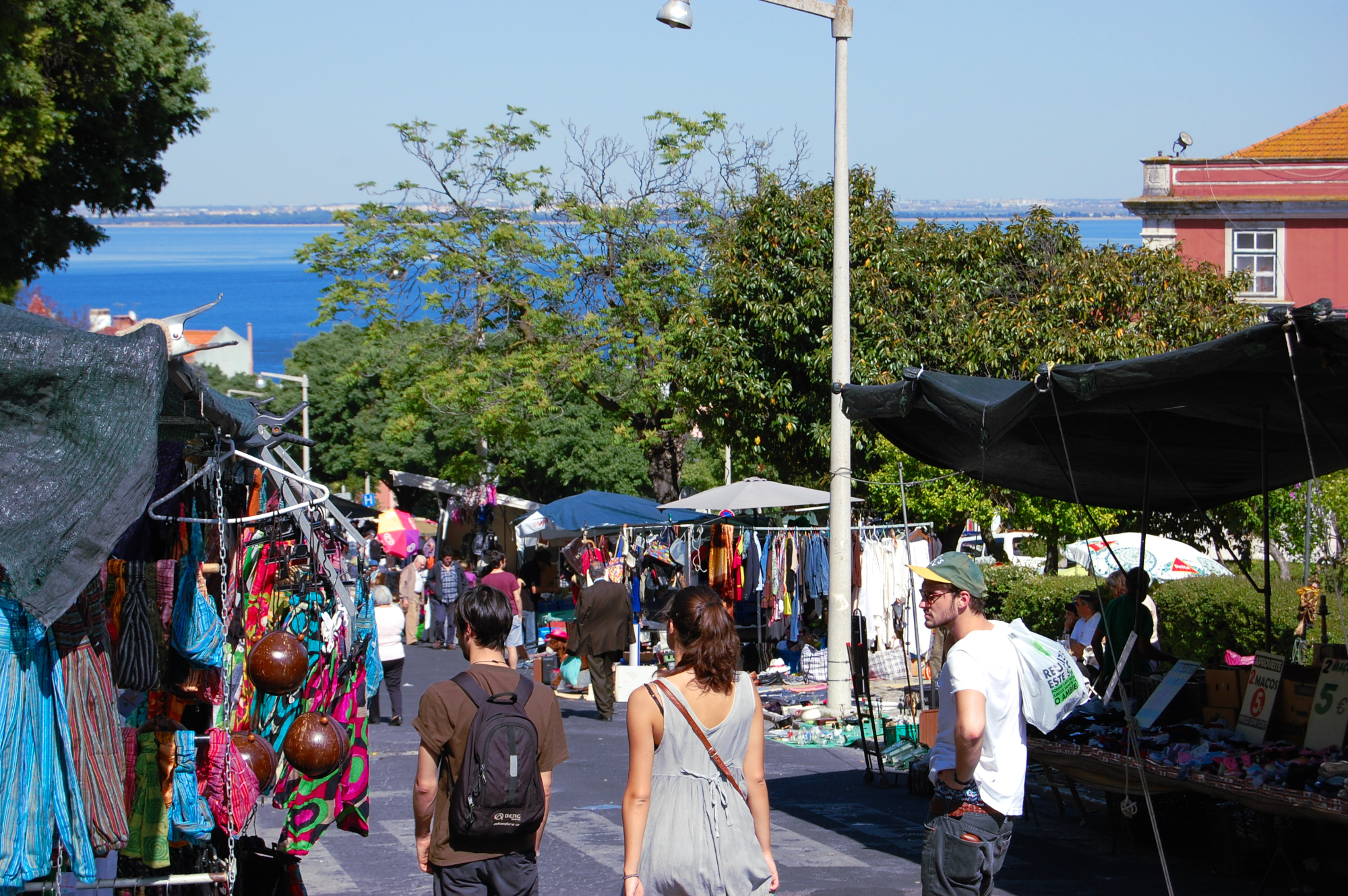
Next up, we have the two following pictures.
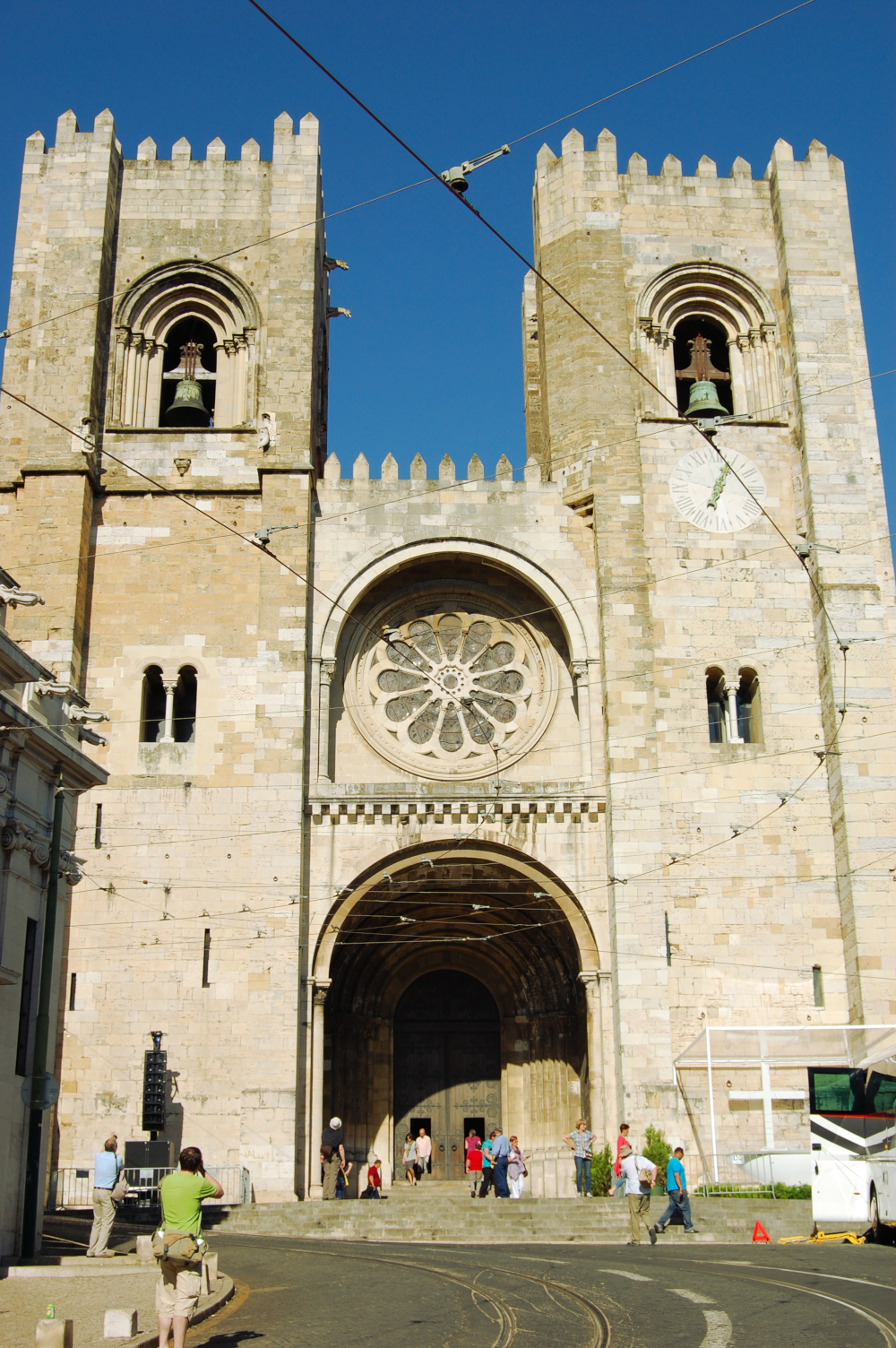
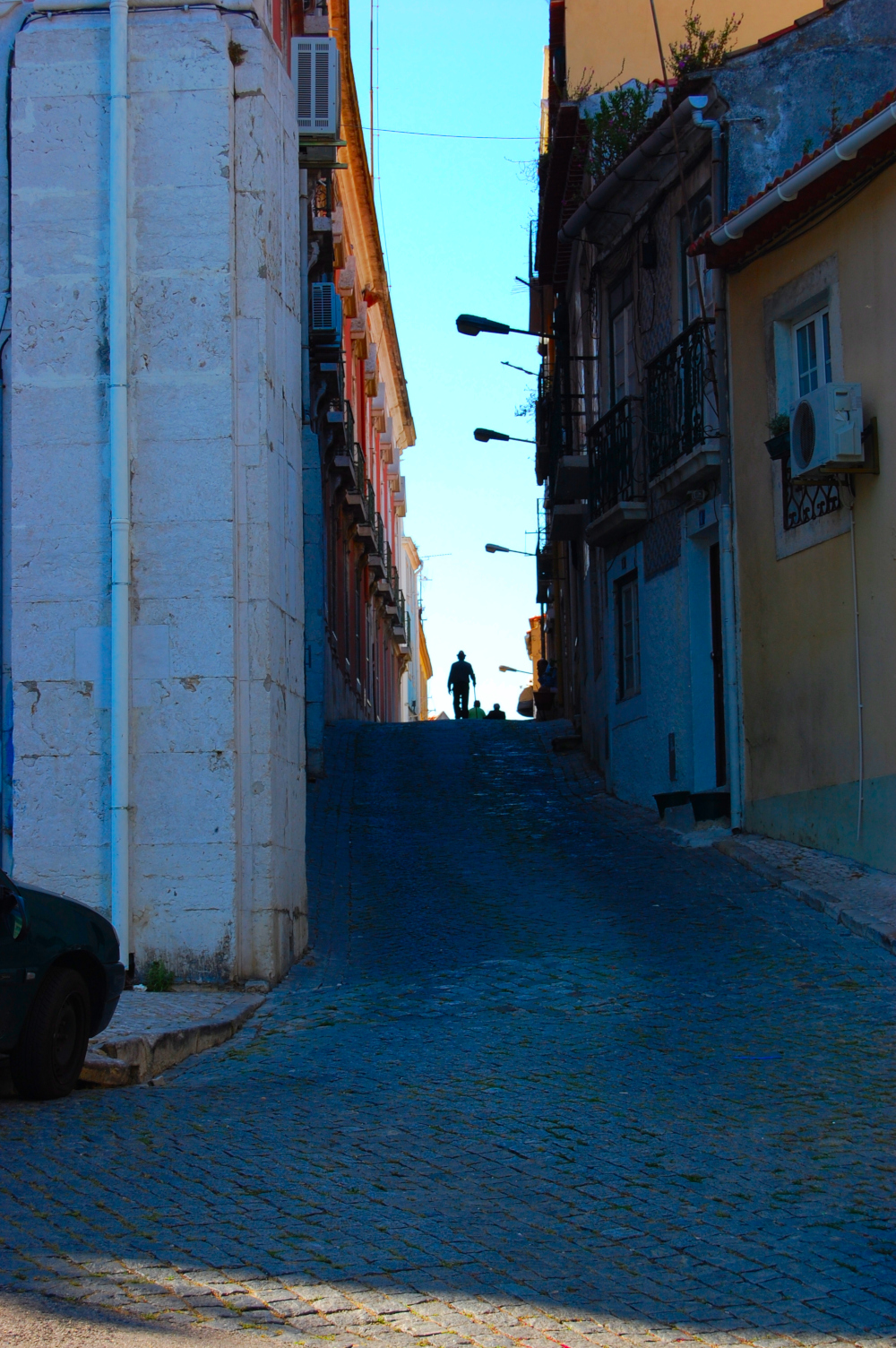
So on the left, we have the Cathedral of Lisbon—I don’t find it exactly pretty, which is probably one of the reasons I never really dug up its history… maybe I should fix that next time I am in Lisbon! As for the image on the right, I find it a suitable depiction of the attitude one must have when visiting unfamiliar places: instead of planning in detail every place you want to visit (and at which time), plan only broad guidelines, and then allow yourself to roam, to get lost, and to immerse yourself into that unfamiliar location—thus making it slightly less unfamiliar. As Nassim Taleb would put it: allow randomness to play its role.6 To this author, this is how tourism should be done.
Lastly, a depiction of two of Lisbon’s main things-to-visit: Terreiro do Paço,7 and on top of the hill behind it, Castelo de São Jorge (Saint Geoge’s Castle). The Tagus river lies just behind the crosswalk at the bottom of the photo, and if the camera lens had had a wider angle, to the left of the image you would see Arco da Rua Augusta, a tall stone arch, erected to pay homage to the rebuilding efforts the whole area, after great earthquake of November 1st, 1755, which essentially razed to the ground all previous constructions in the area. In fact, when seen from above, all the area surrounding Terreiro do Paço is very geometrically designed—the brainchild of Portugal’s prime-minister at the time, the Marquis of Pombal. Alas, the whole area is known as “baixa pombalina”—literally, “pombaline downtown.”
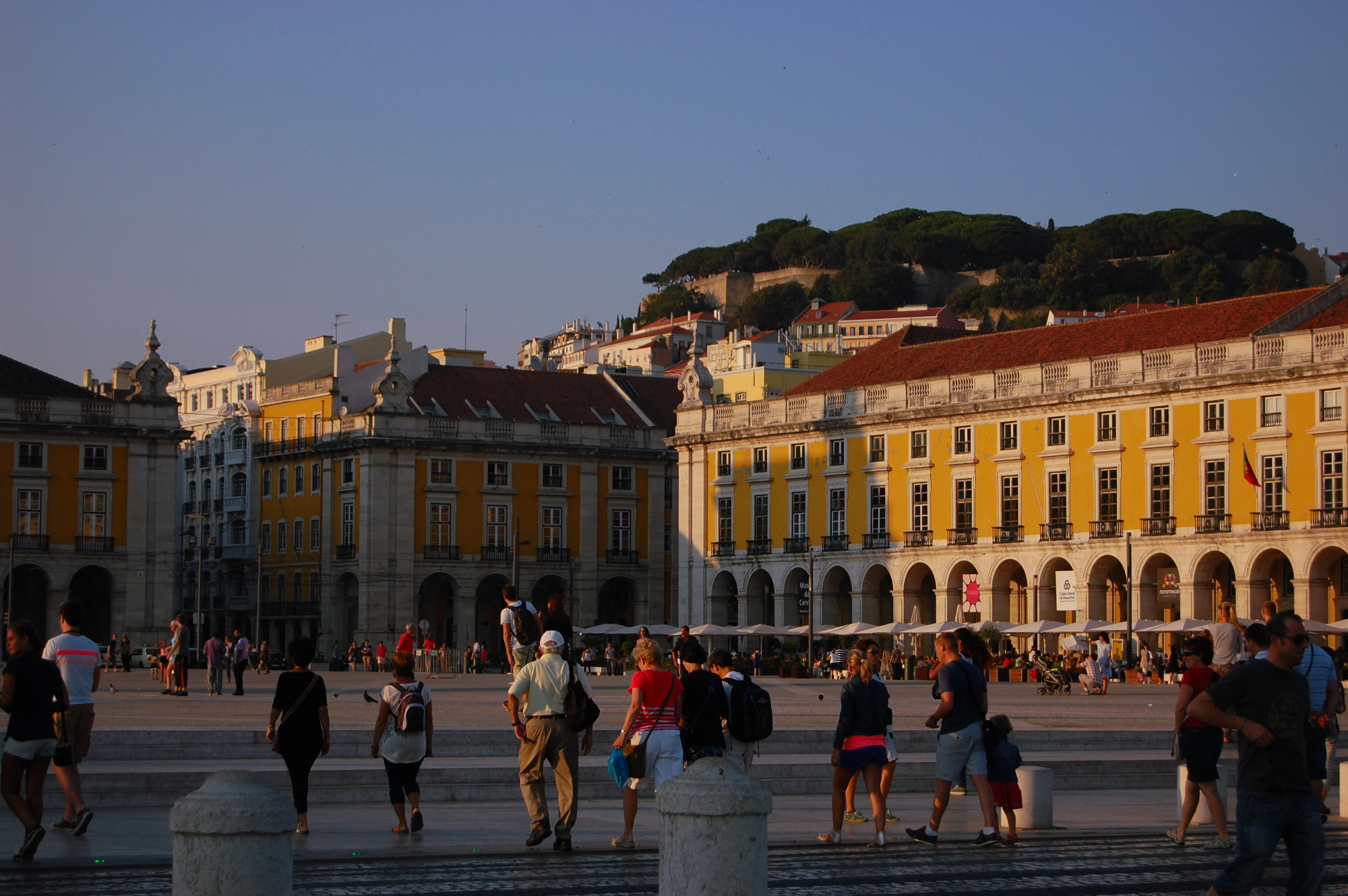
All in all, not a bad place to visit… 🙃
August 23, 2023. Got feedback? See the contact page.